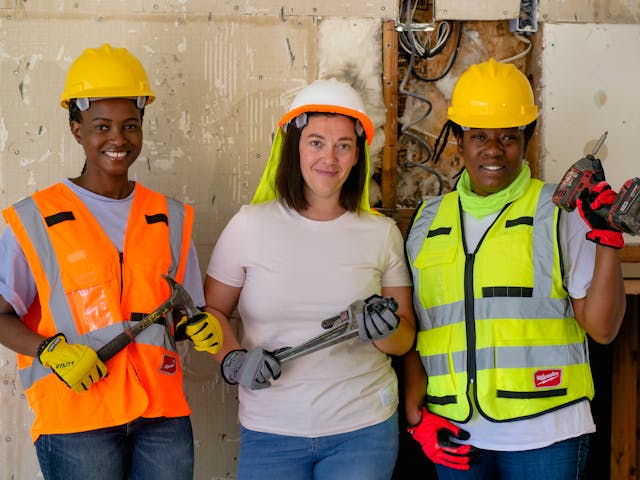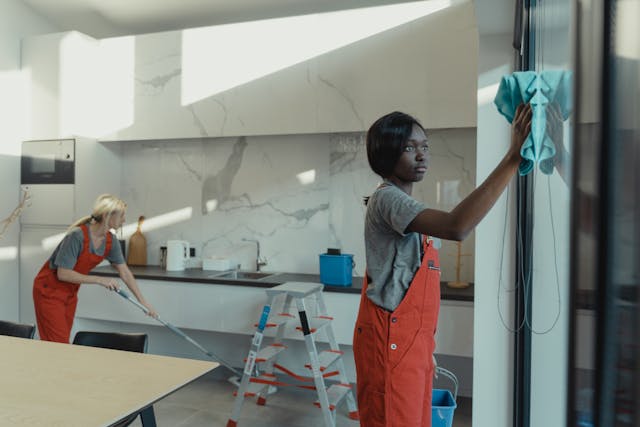Although it’s not the most exciting subject, building care and management are vital for maintaining property value and guaranteeing a safe surroundings. From its architectural design to its maintenance, every structure reveals a narrative. Good maintenance can improve that story and make the place appealing to staff, renters, or consumers.
Imagine entering a place where everything is in order—not one flickering bulb or flaking paint. You aim to create such first impressions. Regular maintenance shows pride in ownership and dedication to quality, not just helps things to work smoothly.
Whether you own a retail center, apartment building, or office complex, good plans are absolutely vital. Let’s discuss some important components that will change your attitude to building management and improve the attractiveness of your property and support sustainability all through.
Value of Maintenance and Management for Constructed Buildings
The lifetime of any construction depends mostly on regular maintenance. It helps little problems not become expensive repairs. If a minor leak is neglected, over time structural damage and mold might result.
Moreover, kept-up-to-date structures draw great tenants or consumers. They value places with careful attention to detail. Higher occupancy rates and more general satisfaction follow from this as well.
Finding such risks before they become major issues depends on regular inspections. Building management should always give safety top priority; it protects occupants and lowers liability concerns. You may contact City FM for more details.
Furthermore, improving energy efficiency is regular maintenance. While supporting environmental initiatives, simple chores like changing outworn weather stripping or cleaning HVAC systems can greatly save utility bills.
By maintaining property value and guaranteeing a friendly environment for everyone who uses your space, regular maintenance investments of time and money pay off over time.

Powerful Communication Techniques for Building Management
Good building management mostly relies on effective communication. For staff members as well as residents, clear, succinct messaging builds community.
Using several channels improves engagement. To let everyone know, think of newsletters, bulletin boards, or internet tools. Essential are frequent updates regarding safety procedures or maintenance plans.
Motivational comments from renters help to foster an open communication. Suggestive boxes or questionnaires let individuals express worries and offer recommendations for development.
Organizing events can also help to improve ties among the residents of the building. These meetings give managers and residents chances for in-person contact and help to establish confidence between them.
Transparency is important; discuss decisions about property management freely. This lends credibility and helps reduce occupant uncertainty.
Customizing your approach to fit various audiences—residential or maintenance—ensures that messages appeal to all those engaged in the operation of the building.

Sustainable Building Management: Energy Efficiency
Modern building management depends much on sustainability and energy efficiency. Property managers have to give these components top priority if the demand for environmentally friendly methods increases in order to remain ethical and competitive.
Using energy-efficient technologies will help you greatly lower utility expenses. To maximize HVAC systems, think about switching to LED lights, or applying smart technologies for better energy use control. These improvements in comfort for tenants complement reduced costs.
Sustainability shows a dedication to the environment and transcends simple cost savings. Choosing green cleaning products or sustainable materials for renovations can help to improve the building’s appeal to conscientious renters as well as its footprint.
LEED or BREEAM certifications offer guidelines for enhancing efforts at sustainability. Their commitment to a better future shows and guides property managers on best practices.
Using sustainable practices produces a welcoming environment that draws renters that respect environmental responsibility. This emphasis helps everyone engaged in building management to develop a community spirit.
Giving sustainability and energy economy first priority results in long-term savings and improves the general quality of life in your facilities.
